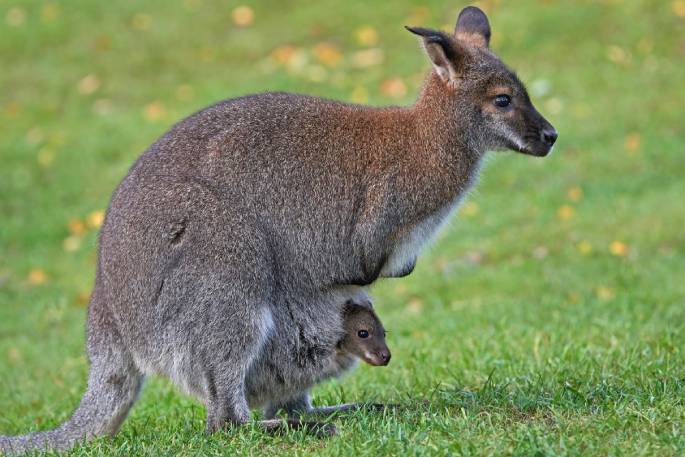Holidaymakers out tramping and camping this summer are being urged to keep an eye out for signs of an unwanted pest in New Zealand – the wallaby.
Residents and those visiting the Bay of Plenty, as well as Waikato, Canterbury and Otago, can play a vital role in stemming the rising population of this silent pest.
Populations of the pest are known to exist in these areas and the Ministry of Primary Industries is calling for help controlling the problem.
'We can't afford to let wallaby populations spread further,” says Biosecurity New Zealand's director of readiness and response John Walsh.
He says while wallabies are naturally elusive, hiding in bush or scrub during the day and coming out to feed at night, reported sightings of wallabies – dead, alive, paw prints, or excrement are fundamental to the success of stopping their spread.
'We have a real concerted effort underway in partnership with regional councils, the Department of Conservation, manawhenua, industry groups and landowners to try to contain existing wallaby populations, because left unchecked, they could cover a third of the country over the next 50 years.
'This partnership, the National Wallaby Eradication Programme builds on existing wallaby management work, and with $27 and half million dollars funding over four years, it is also boosting regional employment opportunities while also delivering environmental and economic benefits.
John explains that wallabies have a huge appetite for many native seedlings, shrubs, ferns and grasses which prevents their regeneration.
Estimates place the environmental and economic damage caused by wallabies reaching $84 million a year in lost farm production and ecosystem services by 2025.
'We can't afford to let wallaby populations spread further. Ultimately – we want the country to be wallaby-free. It's not a quick fix, and we need to get it right.”
Wallabies were introduced to New Zealand in the late 1800s, mainly for sport and the value of their skin, but without any natural predators, their populations have surged wildly.
This is particularly true in two areas of concern, South Canterbury and Rotorua Lakes, where their numbers are up in the tens of thousands.
Control efforts by local councils, landowners and organisations have been underway in these regions for decades but have been stepped up through the unified National Wallaby Eradication programme.
Wallabies are classified as an unwanted organism in the Biosecurity Act 1993, which means they can't be bred, sold, moved, or exhibited without a permit. There are fines of up to $100,000K and/or five years imprisonment for those who do.
What to do if you spot a wallaby
Reporting the wallaby is a way everyone in New Zealand can help protect the environment and treasured biodiversity. The public can report any sightings of wallabies anywhere in New Zealand to www.reportwallabies.nz.



0 comments
Leave a Comment
You must be logged in to make a comment.